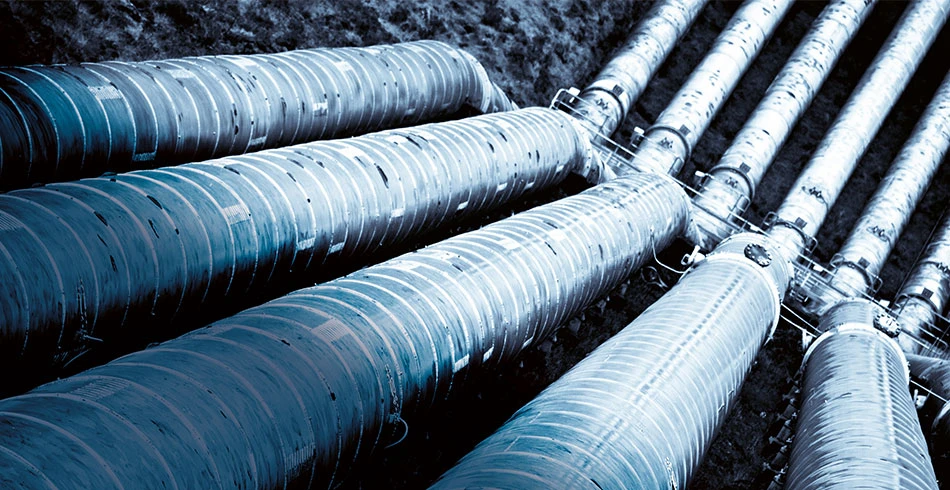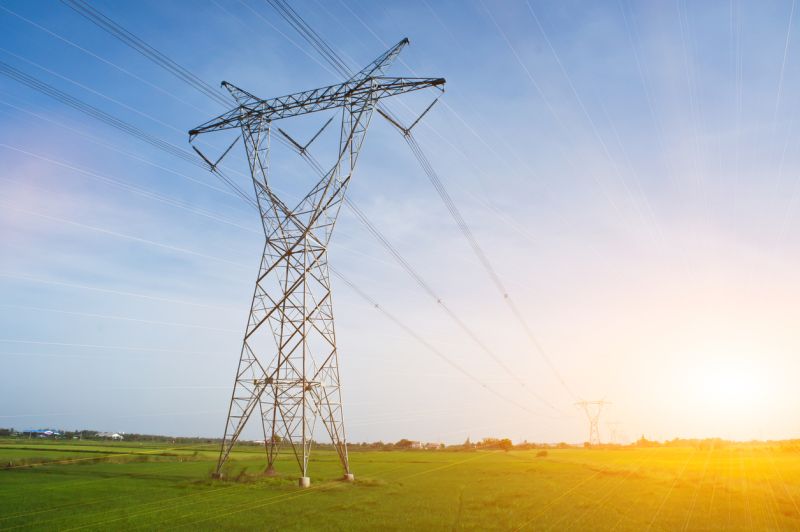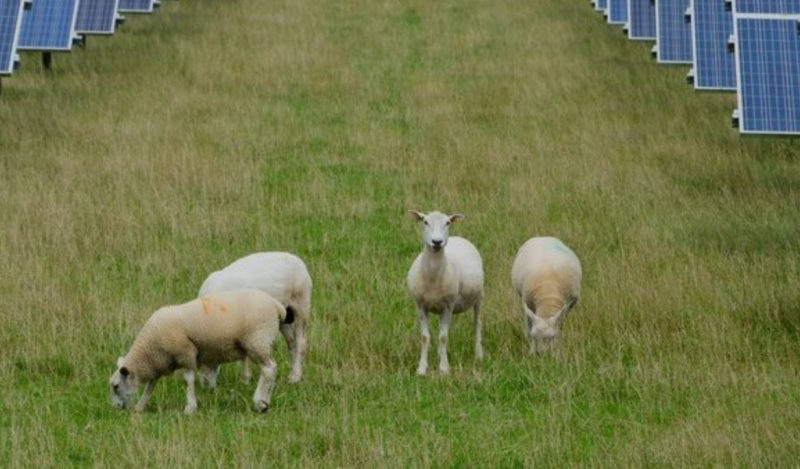By Amy Kean and Luke Osborne
Australia’s energy transition is as much about storage as it is about generation. Massive amounts of storage will be needed to modernise Australia’s grid, and the affordability of wind and solar is irrelevant unless we can store this energy in an efficient, stable and suitable way that maintains grid security and reliability.
Pumped hydro energy storage (PHES) is an essential part of ensuring continuous electricity supply in Australia’s renewably powered future. It is versatile, tried, and tested, and can keep generating long after other storage technologies have been depleted.
However, the NSW Government seems to have lost confidence in pumped hydro projects following the first round of the long-duration storage tenders earlier this year, which supported only a 50MW battery and no other technology types. Pumped hydro projects were at a disadvantage in their submissions to this tender—and will be so again in future similar tenders—as each is bespoke, dealing with their own geology, construction risk issues, water security, and water licensing rights.
These projects are at early stages of their developments, and proponents are being forced to factor large contingencies and risks into their capital costs estimates. This is scaring off governments and investors, but some of these PHES projects will need to be built regardless, to fill the baseload generation currently filled by coal. Otherwise, we risk our ability to operate a reliable, continuous grid—a situation that must be avoided.
Why pumped hydro?
The bulk of Australia’s population lives at a latitude of regular weather fronts, bringing a pattern of a few days of sunshine, then wind, sunshine, then clouds. This translates into days of good renewable output, and inevitably some with a lot less. This output is seasonal too: far less solar energy is produced in winter than in summer.
As the proportion of renewable energy in the grid increases, these gaps in energy generation are going to be increasingly problematic, with massive amounts of storage needed to fill them (see Figure 1).
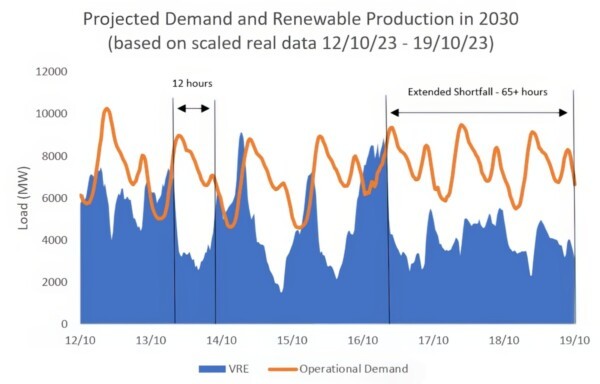
To match our future energy needs, we’re going to need storage that covers various timescales, from whole seasons, to the time between weather fronts (a few days), to diurnal and shorter. This is where PHES comes in. Pumped hydro is really good at covering those longer timescales, and much more cost effective than other forms (see Figure 2).
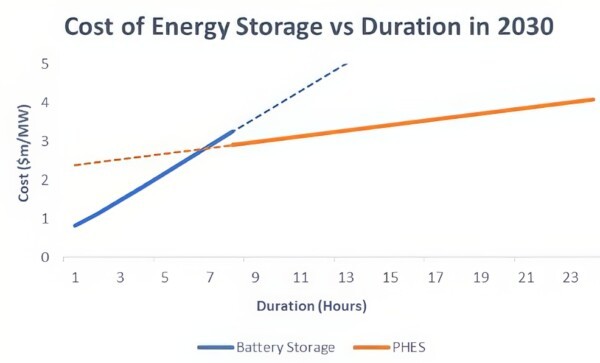
It’s short-sighted to think that battery storage will be able to cover every timescale from the sub-second to the seasonal—it’s too expensive, with high environmental costs. Pumped hydro projects also have a much longer lifespan than batteries—more than 50 years versus around 20—and lower maintenance requirements, offering a long-term, sustainable solution.
Pumped hydro has an important role to play in filling the long-duration roles currently masked by coal. The key reason that PHES is essential for our future grid is that it can generate long after other storage technologies have been depleted. It can charge for many hours—for example, over the whole weekend when prices are low—and discharge over days during the next lull in renewable-energy generation between weather fronts. This allows it to fill the role currently played by coal, cost effectively (per MWh) and sustainably, with reliable, tried-and-tested technology.
To give some idea of the scale of our future energy storage needs, by 2050 we will need to increase our long-term storage from 1.5GW (in 2022) to 16GW; that’s 170GWh of medium-deep storage according to the ISP 2022 Step Change Scenario (excluding Snowy 2.0). Without pumped hydro, this would require 13.5 million Tesla Powerwalls—that’s more Powerwalls than there are houses in Australia.
We need to continue to invest in PHES, despite the challenges
Building large infrastructure, like pumped hydro projects takes a long time—there are numerous approvals, feasibility studies and technical investigations required—and these projects have a very long lead time. However, we need the NSW Government to keep the faith and proceed with building PHES projects (and quickly), or we will wear the consequences in the reliability of our future energy supply.
To make a truly renewable grid work, we need to meet storage requirements at various timescales, with PHES projects needed to cover the longer stretches. Building these projects requires years of work in advance, as well as government support. This is an unforgiving problem: if we don’t begin solving it now, we risk leaving ourselves short and threatening our future as a country with a reliable, renewable-energy powered, continuous electricity supply.
As published in Energy Source & Distribution Magazine (Nov/Dec 2023)
